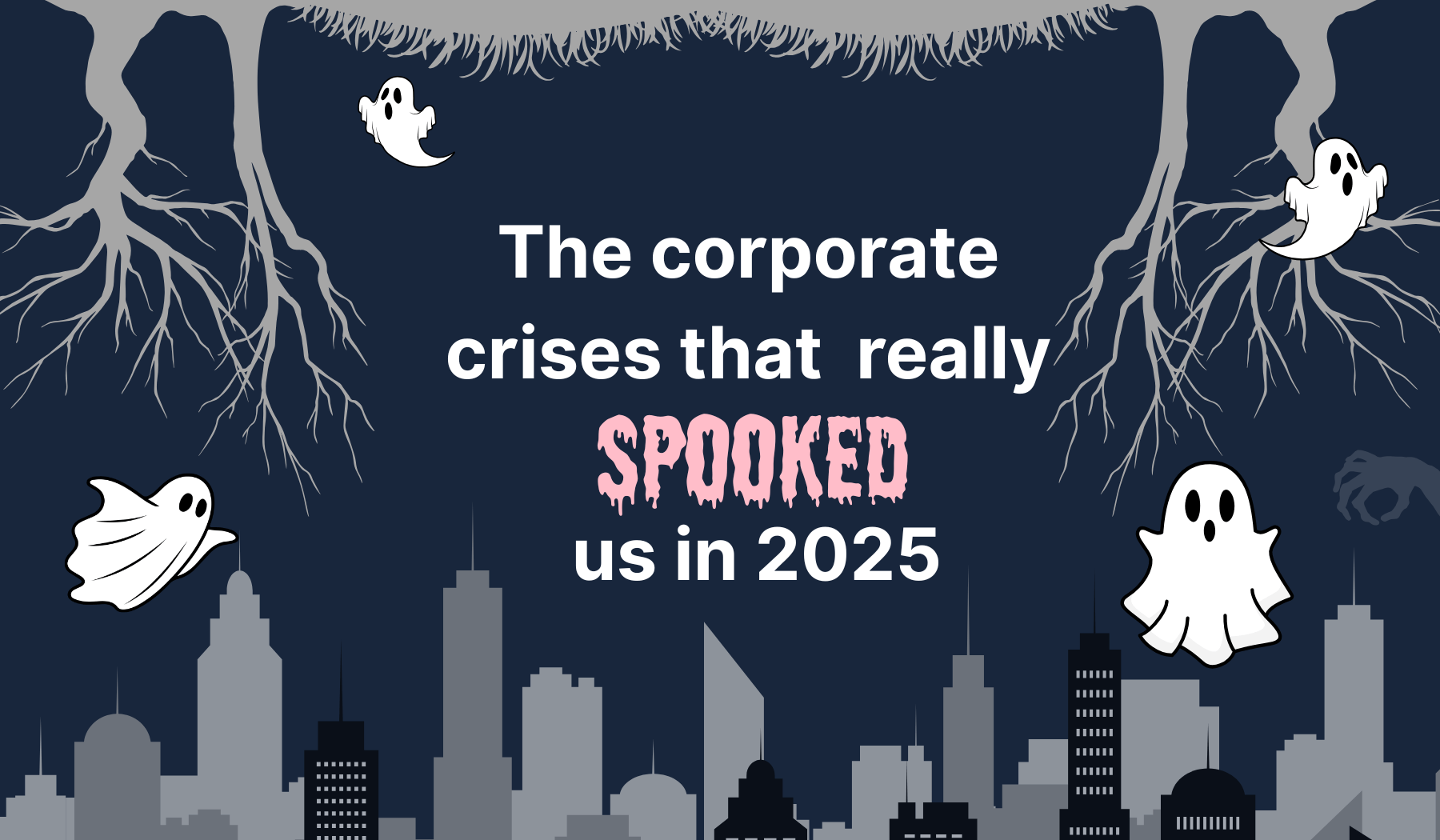

Dorien Vermaat joined Caliber as an Insights Consultant in February 2025. Based in Copenhagen, she combines analytical rigor with cultural sensitivity to help clients unlock meaningful insights across diverse markets.
We caught up with Dorien to learn about her approach to stakeholder intelligence and how a cycling adventure across Europe shaped her perspective on cross-cultural communication.
It means cycling to our office in central Copenhagen each day to work with some of the brightest people I know on solving big questions for our clients. It means amplifying stakeholder voices, challenging existing viewpoints, and helping shape future strategy. And it means having my perspectives challenged — and constantly learning from both my brilliant colleagues and our clients.
By combining curiosity with a critical eye. It all starts with dialogue. Our clients know their organizations and stakeholders best. But every person and organization has blind spots and internal narratives, and that’s where a fresh perspective helps.
By asking the right questions, we can understand what stands between the current situation and the desired strategic outcome — whether that’s attracting talent, carving out a unique market position, or becoming a frontrunner in sustainability.
Then it’s crucial to identify which voices need to be heard before crafting a questionnaire that produces meaningful data. Even with the right themes, the questions must be understandable, unambiguous, and relevant to stakeholders.
It’s a process of zooming in and out, diverging and converging — and learning to sit with the data. Insight takes time, patience, and persistence.
In practice, it means collecting as much relevant information as possible: staying up to date on industry trends, talking to clients about their challenges, exploring respondent data, requesting extra analyses from our team, and developing a feel for what truly matters.
And then the best part: discussing outcomes with clients and seeing whether the insights resonate. When their eyes light up and ideas start forming, that’s when the transformation from data to direction truly begins.
It’s about looking through multiple lenses until patterns emerge. As I say, it’s about patience — sitting with the data, testing hypotheses, connecting findings to news and industry trends. I also like to cross-check interpretations with colleagues.
Importantly, connecting the dots isn’t just about numbers or patterns. It’s about shaping a useful narrative, one that enables better decision-making and drives change beyond dashboards.
Relevance. Data becomes actionable when it supports decisions on issues that matter and enables real change.
One client was struggling to translate their core values across different markets, especially in making their communication resonate locally. Together with one of our data analysts, we ran statistical analyses to identify the top drivers of stakeholder perceptions in each country.
Understanding those differences helped the client shape “glocalized” messaging that stayed true to their values while being more market-sensitive. It marked a shift from a one-size-fits-all global narrative to something more nuanced.
Cycling through Europe with my partner was one of the best ways to shift from being always ‘on’ to being fully present. It reminded me to occasionally step back, so I could return energized and see things with more clarity.
It also taught me to embrace the unknown and be open to learning something new — about myself, others, or life in general (as cliché as that sounds). Whether climbing Spanish mountain ranges with a fully loaded bike (and realizing you’re capable of more than you think) or getting caught in Swiss rainstorms (and experiencing the generosity of strangers), I kept learning and growing.
It’s the same with listening to stakeholders. You might not know what they’ll say (and sometimes it’s hard to hear), but there’s always something unexpected, and always something to learn.
People’s needs and wishes are often more universal than we think, but cultural differences can “wrap” those needs in different languages, practices, and traditions.
Being open-minded, culturally sensitive, and flexible helps you find common ground, which is essential if you want to move forward together.
Although they’re culturally similar, Dutch people tend to be more individualistic, while Danish culture leans toward collectivism. That shows up in communication. Both cultures are direct, but Danes are generally more consensus-driven. These are small but important nuances when it comes to how you communicate.
It’s not always easy to pinpoint, but a social sciences background gives you a deeper grasp of human behavior, societal systems, and cultural context. It means being able to put on different “glasses.”
With quantitative data, it’s about reconnecting the numbers to real life. For instance, when we see that certain drivers matter more for a group — like employees — it’s helpful to understand the broader context: cultural norms, organizational structure, leadership practices, etc.
That’s how you move from knowing what’s happening to understanding why, and making decisions that are both data-driven and human-centered.
Success is when we help create understanding that strong stakeholder relationships require long-term commitment, genuine intentions, and consistent action.
Trust takes time. It requires showing up, over and over, and aligning your actions with your stated values.
Find a balance between maintaining an ongoing dialogue with stakeholders and staying true to your core values.
Listening is crucial to understanding what’s happening in the world around you, but if you bend too easily to every external pressure, you risk becoming inconsistent and losing credibility.
Stakeholders don’t just want to be heard. They want to see action.